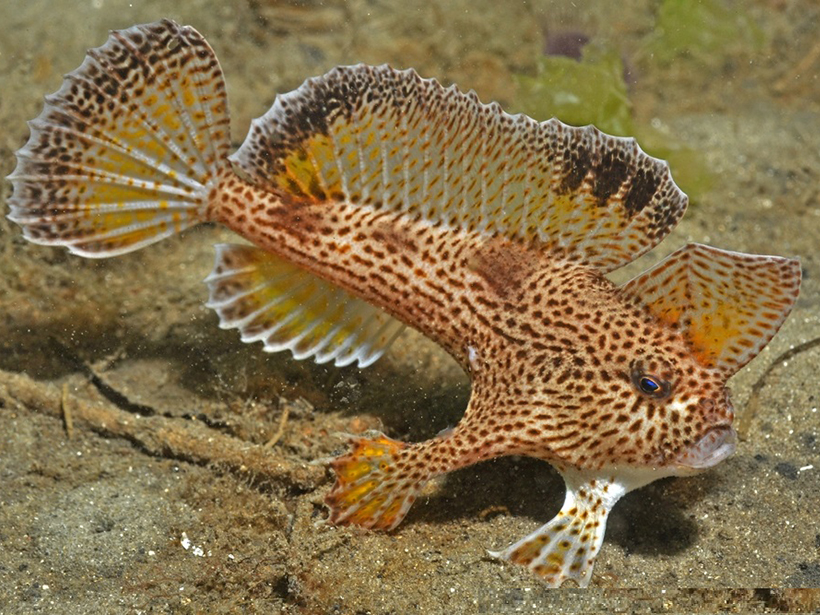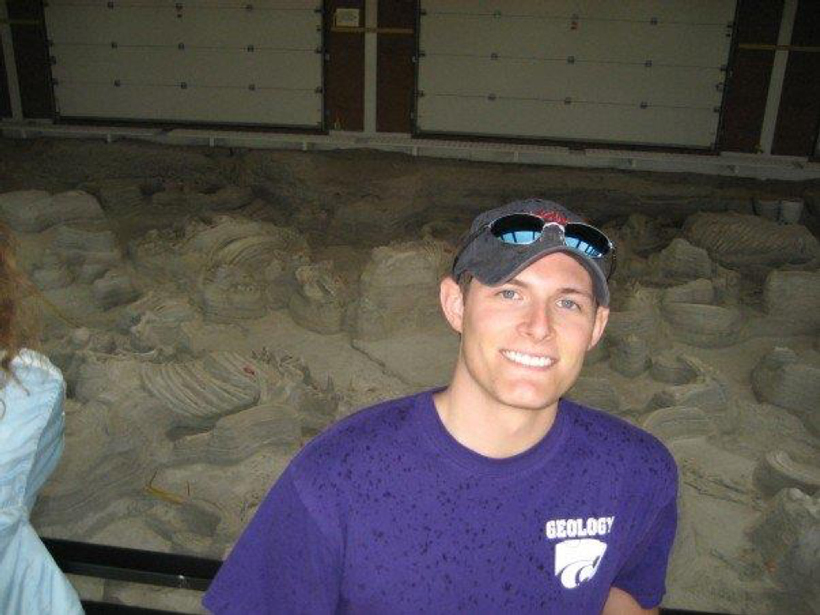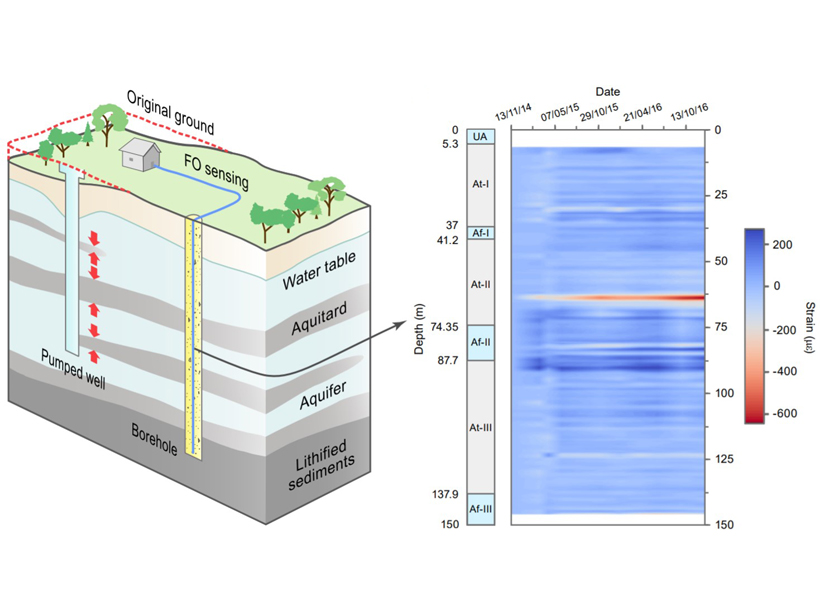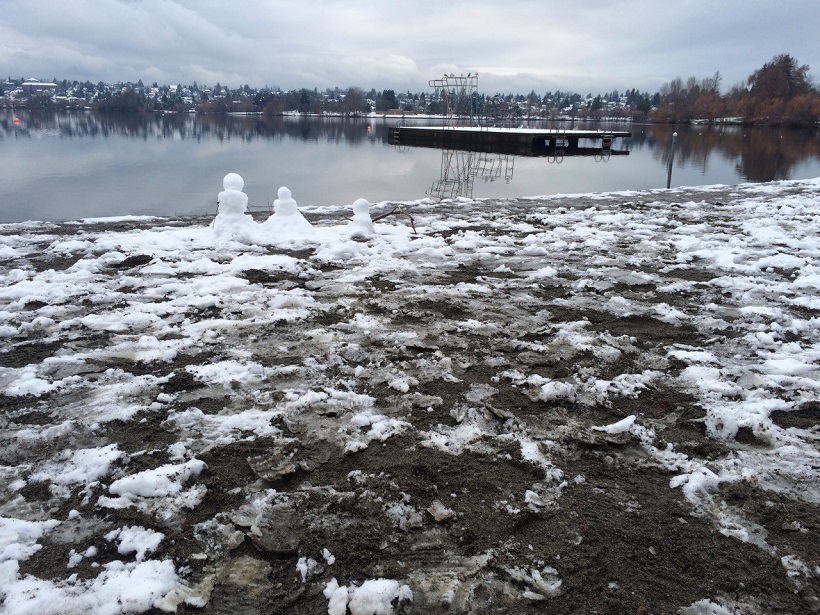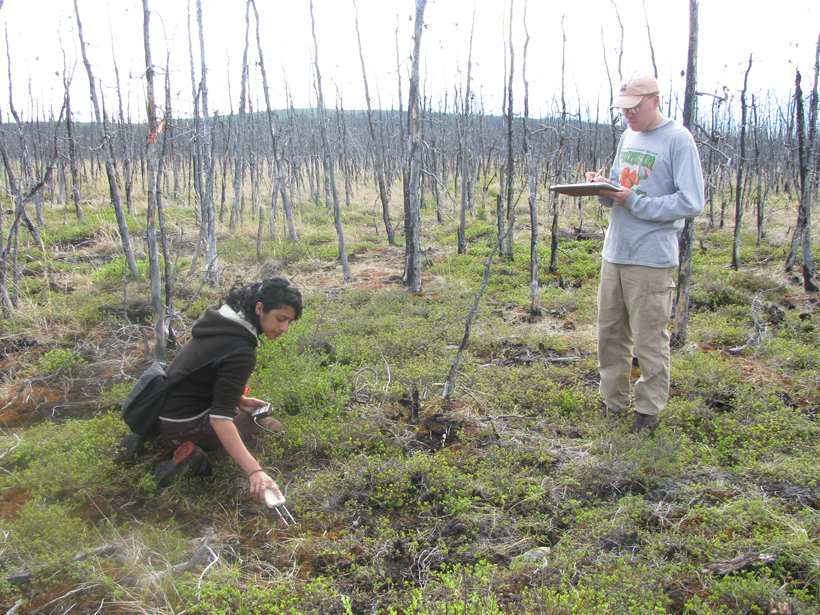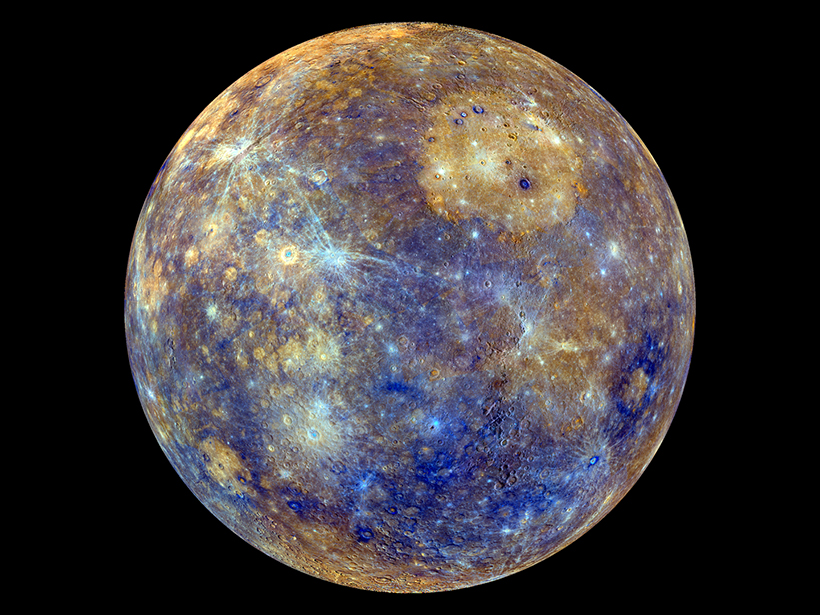Community leaders and scientists from two U.S. cities are combining public health data and heat maps to prepare residents for climate change–related health risks.
mapping
Making the First National Seafloor Habitat Map
Seamap Australia integrates seafloor maps with information on plant and animal habitats, environmental stressors, and resource management to create a first-of-its-kind resource.
Kody Kramer (1985–2018)
His vision and persistence created a 1.4-billion-pixel map of the Gulf of Mexico seafloor—a crucial tool in research on the Deepwater Horizon oil spill and a completely new standard for bathymetry maps.
Scientists Invited to Collaborate in Satellite Mission’s Debut
The Surface Water and Ocean Topography mission will begin by scanning Earth’s surface once a day. We invite ocean scientists to contribute ground-based measurements to compare with the satellite data.
Fiber Optics Opens Window into Subsurface Deformation
The distributed deformation of buried materials is difficult to map, but a new approach is able to resolve vertical deformation over the length of a fiber optic cable.
A More Detailed Look at Earth’s Most Poorly Understood Crust
The second-generation Antarctic Digital Magnetic Anomaly Project offers a powerful new tool for probing the structure and evolution of the southernmost continent’s lithosphere.
Mapping and Monitoring Soil Moisture in Forested Landscapes
Monitoring Forest Soil Moisture for a Changing World; Ann Arbor, Michigan, 15–17 May 2018
Mercury Mission Will Map Morphology and Measure Magnetics
BepiColombo may launch as early as this weekend. It seeks to unravel the mysteries of Mercury’s geologic and magnetic past and map the small planet’s cratered surface.
Lidar Uncovers Thousands of New Maya Structures
Jungle-piercing lidar surveys over ancient Maya sites give scientists the most extensive maps of lowland Maya civilization to date.


